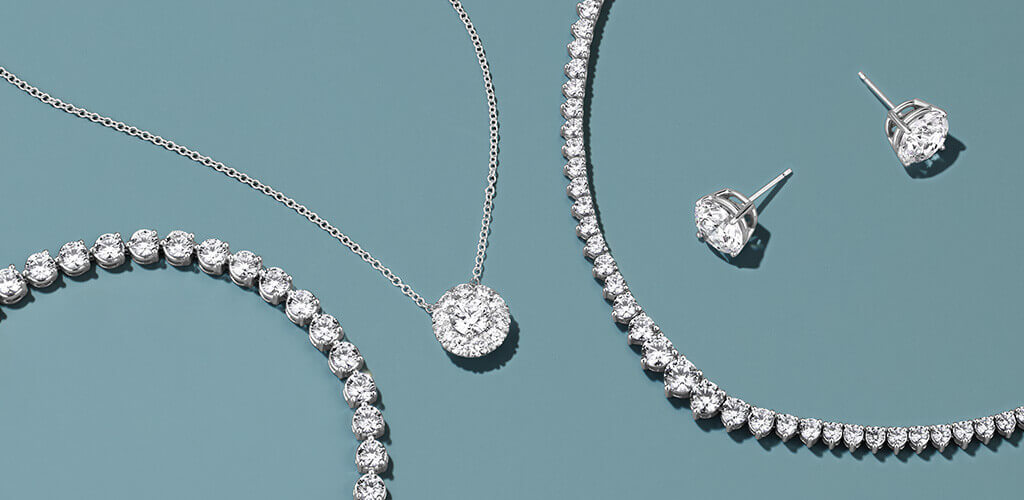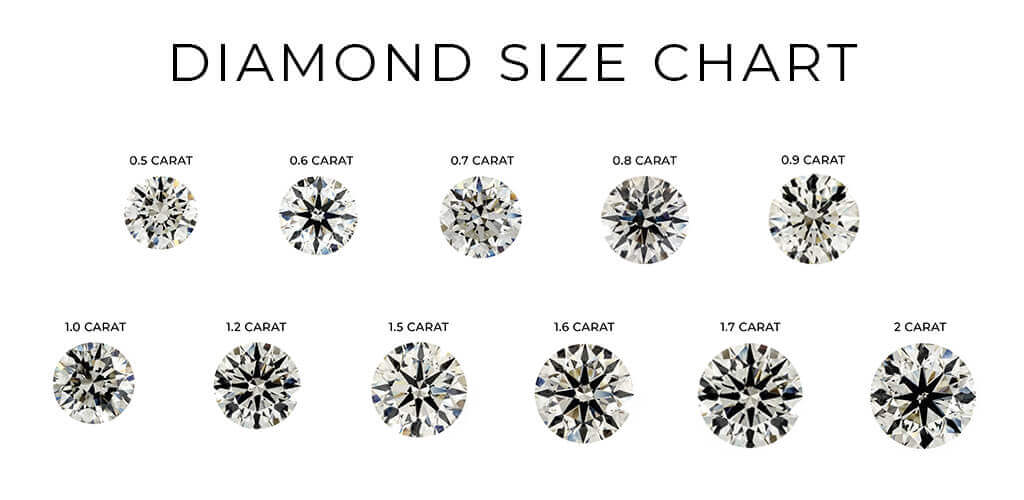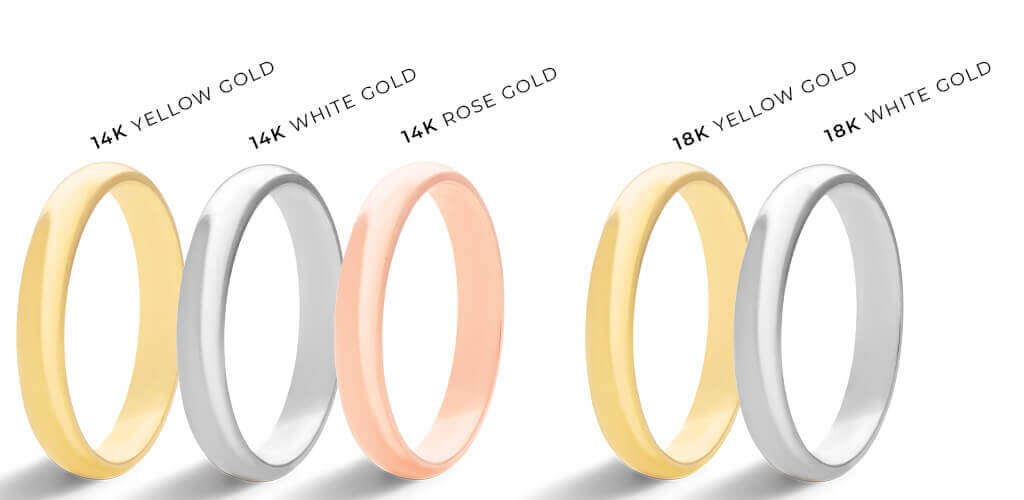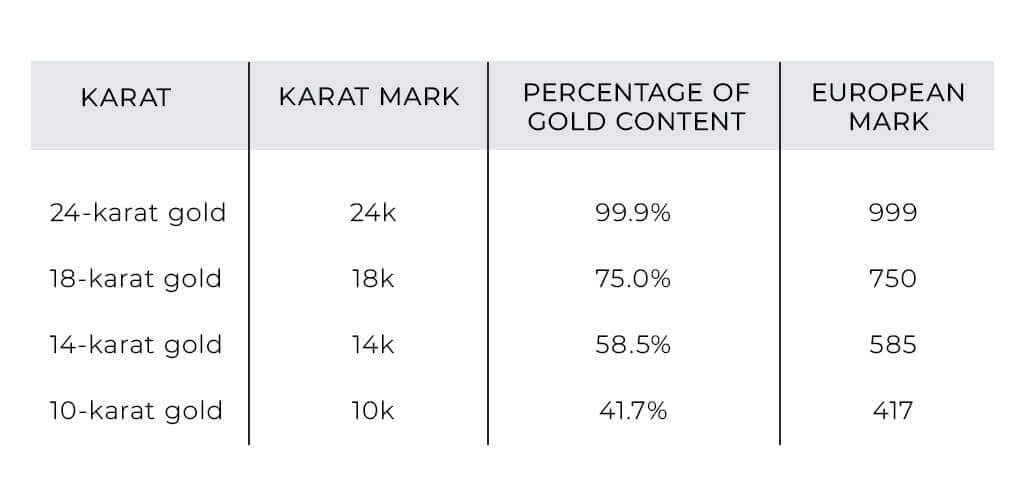GEMS Education
Carat Vs Karat: What’s The Difference?
Carat vs karat, it’s one of those words that sounds the same but has different spelling and different meanings. Yet somehow they are both about jewelry.
Oof, could it be more confusing? Don’t worry, we are going to break it down and clarify it for you so you can shop with confidence.
The Difference Between Carat and Karat
While carat and karat are both used when describing jewelry, they describe different things. Carat refers to carat weight, i.e. the size of your diamond, while karat refers to the purity of gold, the higher the number, the more pure your gold. For example, 18K is purer than 14k. So a gold piece of diamond jewelry will have both karat and carat measurements.
Carat Measurements
Measuring diamond weight, a carat is 200 milligrams and can be divided into 100 units, which are known as points. For example, diamond pendants are frequently between 0.25 and 1 carats.
One of the 4Cs of diamond analysis, carat is also used to measure other gemstones. A good rule of thumb is that the higher the carat weight, the higher the price, all else being equal.
However, it is important to remember that carat measures weight, not size. Two diamonds of the same carat weight may look different in size due to their cuts or shapes.
Karat Measurements
Measuring the purity of gold, karat measures the proportion of gold in an alloy out of 24 parts. So a 14K gold engagement ring is 14/24 parts pure gold, and the rest are the alloys, which help enhance the gold’s strength.
The higher the “K,” the more pure gold there is. But remember, a higher “K” doesn’t necessarily mean a better piece of jewelry. Each “K” has its own pluses and minuses. So how do you know which “K” your jewelry is?
Gold jewelry will normally have an imprint somewhere on it, telling you if it is 10K, 14K, 18K, or 24K.
Gold Purity
Pure gold is quite malleable, the suppleness means it is easy for craftsmen to work with, in order to make beautiful pieces of jewelry. This same workability means it is too soft and fragile to wear in its pure state, and is why alloys are utilized.
More alloys are used in 14K gold jewerly, making it more durable. While slightly fewer alloys are used in 18K jewelry, making it purer and better for those with sensitive skin such as metal allergies.
Alloys also affect color. 14K gold jewelry has a softer yellow color, while 18K gold jewelry has brighter yellow tones.
Gold Purity
Pure gold is quite malleable, the suppleness means it is easy for craftsmen to work with, in order to make beautiful pieces of jewelry. This same workability means it is too soft and fragile to wear in its pure state, and is why alloys are utilized.
Is it Carat or Karat?
Both carat and karat are correct terms when talking about fine jewelry. They simply are used for different things. Carat refers to the weight of your natural and lab grown diamond or gemstone, while karat refers to the purity of the gold metal used.
So for example, you could buy an 18K white gold engagement ring with a 2 carat diamond.
Carat and Karat, but not Carrot!
While we won’t deny the nutritional benefits of carrots, we’re concerned with fine jewelry, not your veggie intake!
Carat and karat are important terms to know and keep in mind when shopping for fine jewelry. There is not a bad or right carat or karat. When thinking about carat, think about your budget as well as all the 4Cs to find the perfect diamond or gemstone. When considering karat, consider budget, skin sensitivity, and lifestyle.
Whatever carat weight and karat purity is right for you, make sure it is a piece you love.
More alloys are used in 14K gold jewerly, making it more durable. While slightly fewer alloys are used in 18K jewelry, making it purer and better for those with sensitive skin such as metal allergies.
Alloys also affect color. 14K gold jewelry has a softer yellow color, while 18K gold jewelry has brighter yellow tones.




